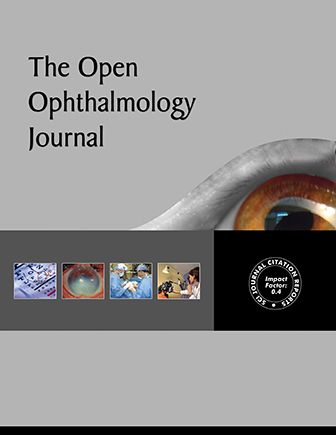All published articles of this journal are available on ScienceDirect.
Obesity Increases the Prevalence of Astigmatism in Children and Adolescents
Abstract
Introduction
Obesity is currently the most common form of malnutrition in most regions of the world. Refractive error is a major public health concern worldwide, with astigmatism being the most common type of refractive error. However, it is still unclear whether nutritional status is related to astigmatism in children and adolescents.
Methods
A cross-sectional study was performed in 2023, and a stratified cluster sampling technique was employed among school-aged students in Nantong City, China. A total of 9,458 participants were enrolled in the study. Univariate and multivariate logistic regression analyses were carried out to investigate specific correlations between astigmatism and related parameters. Various types of nutritional status were also considered in the study.
Results
The prevalence of astigmatism among Chinese school-aged children and adolescents was 28.5%, and the overall prevalence of obesity was 11.8%. Multiple logistic regression analyses showed that nutritional status, refractive state, axis position, and age were significantly associated with astigmatism (all, p < 0.001). Among them, participants with obesity were 2.01 times more likely to suffer from astigmatism (aOR: 2.01, 95% CI: 1.74–2.31, p < 0.001). However, nutritional status was not significantly associated with myopia (p > 0.05).
Discussion
Obesity elevates astigmatism risk in children, likely through periorbital fat increasing eyelid pressure on the cornea—supported by the predominance of with-the-rule astigmatism (85.6%). The cross-sectional design limits causal inference, and corneal topography was not analyzed. Public health initiatives targeting childhood obesity may mitigate astigmatism burden, though longitudinal studies are needed to confirm mechanisms.
Conclusion
The findings of this study have identified the relationship between nutritional status and astigmatism in children and adolescents. It is necessary to strive to maintain a normal nutritional status in children and adolescents in order to reduce the risk of astigmatism.


